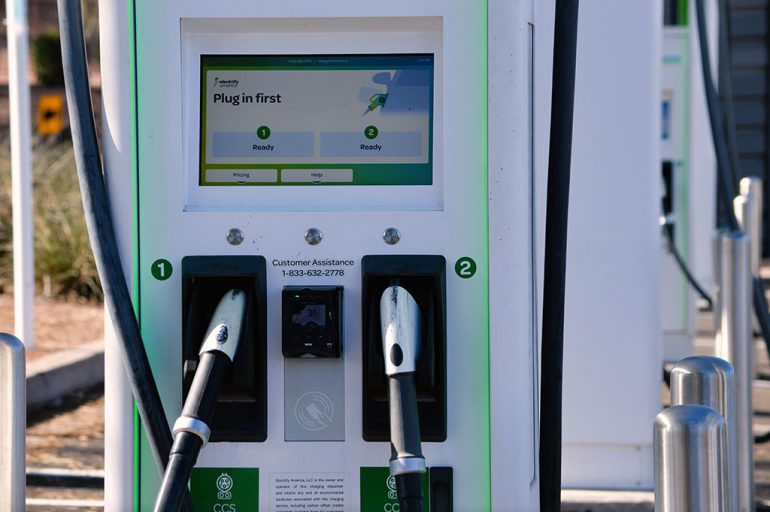
The landscape of electric vehicle (EV) charging is undergoing a significant shift as operators explore dynamic pricing strategies to boost profitability. Unlike traditional gasoline stations, where prices remain relatively stable, EV charging providers are experimenting with real-time adjustments based on demand and other factors.
The move towards dynamic pricing comes as charging companies grapple with substantial losses, exceeding $600 million collectively for major players like ChargePoint, EVgo, and Blink. To ensure their viability, these companies are increasingly turning to strategies like dynamic pricing, which allows them to adapt to fluctuations in electricity costs and demand.
Companies like EVgo and Electrify America have already begun implementing dynamic pricing models, adjusting rates based on factors like time of use and location-specific costs. ChargePoint, whose stations are typically owned and operated by site hosts, supports dynamic pricing as well.
Stable Auto Corp., a firm specializing in advising charging companies on station locations, has developed a dynamic pricing tool to suggest adjustments throughout the day, week, and month, moving away from static pricing models.
The effectiveness of dynamic pricing is evident in cases like Go-Station, which saw a 48 percent increase in net revenue at a pilot location in New Mexico over six months. By analyzing competitor pricing and adjusting their rates accordingly, Go-Station was able to optimize revenue while maintaining consistent utilization.
However, the adoption of dynamic pricing raises concerns among consumers, particularly regarding pricing consistency and transparency. EV drivers, often relying on public charging for long-distance travel, may find it challenging to predict charging costs, especially during peak demand periods when prices surge.
Despite these challenges, analysts suggest that dynamic pricing could be crucial for the long-term sustainability of the EV charging industry, particularly as EV adoption continues to grow. Commercial fleets, in particular, stand to benefit from the flexibility of managing charging schedules to take advantage of lower rates.
Nevertheless, ensuring consumer confidence and understanding remains paramount, especially as the EV market strives for broader acceptance. Clear communication about pricing adjustments and their rationale will be essential to mitigate consumer frustration and build trust in the evolving charging infrastructure.
Source: AutoNews (subscription required)

Lloyd Tobias is a seasoned automotive journalist and passionate enthusiast with over 15 years of experience immersed in the world of cars. Whether it’s exploring the latest advancements in automotive technology or keeping a close pulse on breaking industry news, Lloyd brings a sharp perspective and a deep appreciation for all things automotive. His writing blends technical insight with real-world enthusiasm, making his contributions both informative and engaging for readers who share his love for the drive. When he’s not behind the keyboard or under the hood, Lloyd enjoys test driving the newest models and staying ahead of the curve in an ever-evolving automotive landscape.